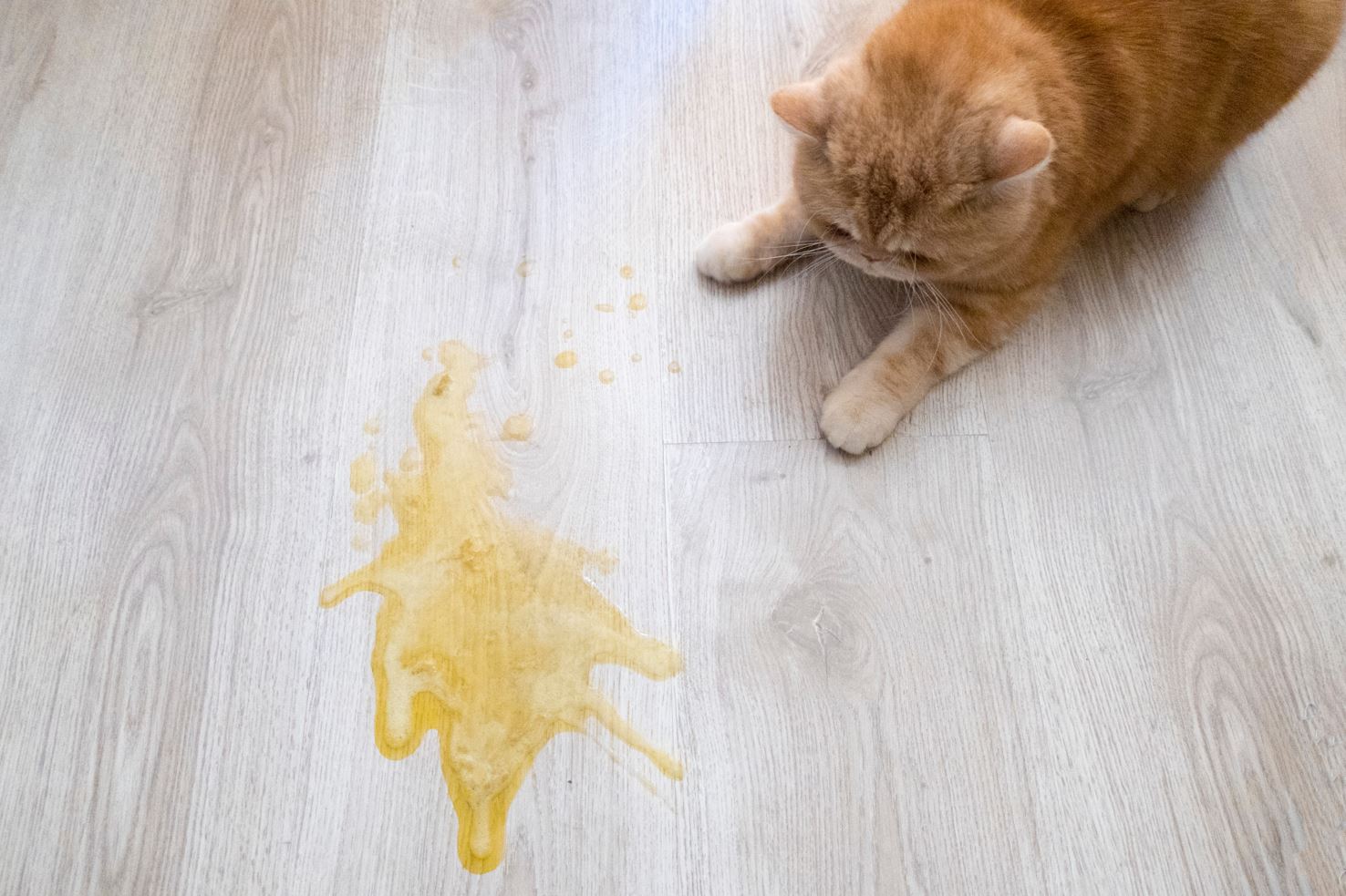

Articles
How To Get Cat Pee Smell Out Of The Basement
Modified: January 24, 2024
Learn effective methods for removing cat pee smell from your basement in our informative articles. Say goodbye to unpleasant odors and enjoy a fresh and clean living space.
(Many of the links in this article redirect to a specific reviewed product. Your purchase of these products through affiliate links helps to generate commission for Storables.com, at no extra cost. Learn more)
Introduction
Dealing with the pungent smell of cat pee in your basement can be a real headache. Whether it was a one-time accident or a recurring issue, the odor can permeate the entire space and be difficult to eliminate. However, with the right approach and a few essential steps, you can successfully get rid of the cat pee smell and restore freshness to your basement.
First, it’s important to understand why cat urine has such a potent and persistent odor. Cat urine contains high levels of ammonia, which can be intensified when it comes into contact with air. It also contains bacteria that can break down urea into compounds that emit the characteristic smell. If left untreated, the odor can seep into carpets, fabrics, and porous surfaces, making it even more challenging to remove.
Fortunately, there are effective methods and products available to combat the cat pee smell and restore your basement to its former freshness. In this article, we will guide you through a step-by-step process to address the issue and eliminate the odor once and for all.
Key Takeaways:
- Say goodbye to the pungent smell of cat pee in your basement by identifying the source, removing affected items, and using enzymatic cleaners for a thorough and effective odor elimination process.
- Prevent future incidents by implementing litter box strategies, using odor repellents, and providing environmental enrichment for your feline friend, ensuring a fresh and harmonious living environment in your basement.
Read more: How To Get Cat Pee Smell Out Of Pillows
Step 1: Identify the Source of the Odor
The first and most crucial step in getting rid of the cat pee smell in your basement is to identify the source of the odor. Cats have a habit of urinating in hidden corners or areas that are difficult to reach, so it’s important to thoroughly inspect your basement to locate the affected spots.
Start by using your sense of smell to pinpoint the areas with the strongest urine odor. Look for areas where the smell is concentrated, such as corners, cracks, or areas where the cat may have access. It’s also important to check for any visible stains or discoloration on the floor or walls which may indicate urine presence.
If you’re having trouble locating the exact source of the odor, you can use a black light, also known as a UV light, which can help reveal dried urine stains that are not visible to the naked eye. Simply turn off the lights in the basement and hold the black light close to the surfaces. Any urine stains will glow under the UV light, making it easier to identify the affected areas.
Once you’ve identified the source of the odor, mark those areas with tape or chalk so that you can focus your cleaning efforts on those specific spots. This will help ensure that you effectively eliminate the odor and prevent future incidents in the same areas.
Step 2: Remove any Affected Items or Surfaces
After identifying the areas in your basement that have been affected by cat urine, the next step is to remove any items or surfaces that have been contaminated. This includes rugs, carpets, furniture, or any other porous materials that may have absorbed the urine.
For smaller items, such as cushions or blankets, that can be easily washed, follow the manufacturer’s instructions for cleaning and odor removal. Use a pet-specific enzyme-based cleaner to thoroughly clean and deodorize these items. Ensure that you address both the surface and any padding or filling to eliminate the odor completely.
If you have larger items like furniture or rugs that cannot be easily cleaned or laundered, you may need to consider professional cleaning services. They have specialized equipment and techniques to effectively remove urine odors from these types of items. Alternatively, you may need to make the difficult decision to replace these items if the odor cannot be fully eliminated.
Next, focus on the affected surfaces in your basement, such as floors, walls, or baseboards, where the urine may have seeped in. Depending on the material of the surface, you may need to use different cleaning methods. For hard surfaces like concrete or tile, use a mixture of water and vinegar or a pet-specific enzymatic cleaner. Follow the product instructions and use a scrub brush to thoroughly clean the affected areas. Rinse with clean water afterward to remove any residue.
For porous surfaces like wood or drywall, it may be necessary to remove and replace the affected sections if the urine has soaked in deeply. However, if the area is not severely affected, you can use an odor-neutralizing primer to seal in the urine odor. Apply it according to the manufacturer’s instructions to prevent the odor from lingering.
Remember, removing and cleaning the affected items and surfaces is crucial in achieving long-term odor removal. By eliminating the source of the odor, you set the foundation for the next steps in effectively getting rid of the cat pee smell in your basement.
Step 3: Blot the Area to Remove Excess Urine
Once you have removed the affected items and surfaces from your basement, it’s important to blot the area to remove any excess urine that may still be present. This step is crucial for preventing the odor from lingering and permeating the space.
Begin by using paper towels or absorbent cloths to soak up as much urine as possible from the affected area. Gently press down on the surface to absorb the urine, being careful not to spread it around or push it deeper into the material.
If the urine has already dried, you may need to dampen the area slightly with water to rehydrate the urine and make it easier to blot. However, avoid using excessive amounts of water, as this can lead to further saturation and spread the odor.
Continue blotting the area until the paper towels or cloths no longer absorb any urine. You may need to repeat this process multiple times, especially if the urine has penetrated deeply into the surface. It’s essential to be thorough in your blotting to remove as much urine as possible.
Remember to always use disposable gloves to protect your hands from coming into direct contact with the urine. Dispose of the soiled paper towels or cloths in a sealed plastic bag to prevent any lingering odor.
By blotting the area and removing excess urine, you are taking necessary steps to minimize the source of the odor and prepare the surface for a more thorough cleaning in the following steps.
Step 4: Use an Enzymatic Cleaner
After blotting the area to remove excess urine, it’s time to tackle the remaining odor-causing compounds with an enzymatic cleaner. Enzymatic cleaners are specifically formulated to break down the proteins and bacteria present in cat urine, effectively neutralizing the odor.
Enzymatic cleaners work by using natural enzymes to break down the urine molecules into smaller and less odor-causing compounds. They are highly effective in eliminating the source of the smell, rather than simply masking it with fragrances like traditional cleaners.
When using an enzymatic cleaner, it’s important to follow the instructions provided by the manufacturer. Typically, you’ll need to saturate the affected area with the cleaner and allow it to soak in for a specified period of time.
Ensure that the cleaner reaches all areas where the cat pee may have seeped, including cracks, crevices, and porous surfaces. Use a spray bottle or apply the cleaner with a cloth or sponge for better control and coverage.
After the recommended soaking time, gently scrub the area with a soft brush or cloth to assist the enzymatic cleaner in breaking down the odorous compounds. Avoid using brushes with stiff bristles that could potentially damage the surface.
Once you’ve thoroughly scrubbed the area, use clean water and a fresh cloth or sponge to rinse away the enzymatic cleaner. Repeat the rinsing process if necessary to ensure that all residue from the cleaner is removed.
Allow the treated area to air dry completely. Avoid using heat or hairdryers, as high temperatures can actually set in any remaining odor. Opening windows or using fans to enhance ventilation can help expedite the drying process.
Enzymatic cleaners are a highly effective tool in eliminating cat pee odor at the source. By breaking down the urine compounds, they ensure that the area is thoroughly cleaned and deodorized, leaving your basement smelling fresh and free from the unpleasant cat pee smell.
Read more: How To Get Cat Pee Smell Out Of Furniture
Step 5: Scrub the Surface
Once you have treated the area with an enzymatic cleaner and allowed it to dry, it’s time to scrub the surface to remove any remaining residue and further eliminate the cat pee smell. Scrubbing the surface helps to dislodge and lift any lingering odor-causing particles that may have been left behind.
Before you begin scrubbing, ensure that you are using a cleaning solution that is safe for the surface you are working on. Different surfaces may require specific cleaning agents or methods to prevent damage.
If you’re working with a hard surface, such as concrete, tile, or laminate, you can use a mixture of water and a mild detergent. Apply the cleaning solution to a sponge or scrub brush and gently scrub the surface in circular motions, paying extra attention to any areas where the cat urine odor was particularly strong.
For delicate surfaces like wood, use a wood-safe cleaning solution or a mixture of vinegar and water. Apply the solution to a soft cloth and gently scrub the surface, being cautious not to scrub too vigorously and damage the wood.
If you’re dealing with carpeted areas, use a carpet cleaner or a mixture of water and carpet shampoo. Apply the solution according to the manufacturer’s instructions and use a brush or carpet cleaner machine to scrub the surface. Work in small sections to ensure thorough cleaning.
As you scrub, focus on areas near walls, corners, and baseboards, as these are common spots where cat urine can accumulate. Take your time and be thorough, ensuring that the cleaning solution reaches all affected areas.
After scrubbing, rinse the surface with clean water to remove any remaining cleaning solution. Use a separate cloth or sponge to rinse away the residue, and change the water as needed.
Allow the surface to air dry completely before moving on to the next step. If necessary, use fans or open windows to improve airflow and expedite the drying process.
By scrubbing the surface, you are not only removing any remaining residue but also physically breaking down and dislodging any odor-causing particles, ensuring a more thorough elimination of the cat pee smell from your basement.
To get cat pee smell out of a basement, start by cleaning the affected area with a mixture of white vinegar and water. Then, sprinkle baking soda over the area and let it sit for a few hours before vacuuming it up. Repeat as needed.
Step 6: Rinse Thoroughly
Once you have scrubbed the surface to remove any residue and odor-causing particles, the next essential step is to thoroughly rinse the area. Rinsing helps to ensure that all cleaning agents, remaining urine, and any remnants of the odor are completely removed from the surface.
Begin by filling a bucket with clean water. Make sure the water is at room temperature, as hot water can potentially set in any remaining odor and make it more difficult to eliminate.
Using a sponge or cloth, dip it into the bucket of water and wring it out to remove excess moisture. Gently wipe down the surface, paying extra attention to any areas that were previously affected by cat urine.
Continue rinsing until you no longer see any soapy residue or cleaning solution on the surface. Change the water in the bucket as needed to ensure that you are using clean water for rinsing.
If you’re working with a larger area, such as a basement floor, you may need to use a mop or a damp mop cloth to effectively rinse the surface. Dip the mop or cloth in the water and wring it out before mopping the floor, ensuring that you cover all areas.
Take the time to thoroughly rinse corners, cracks, and crevices where urine may have seeped. Use a clean cloth or small brush to reach these hard-to-reach areas and ensure proper rinsing.
After rinsing, it’s important to remove any excess water from the surface to prevent water damage or the growth of mold and mildew. Use a clean towel or mop to absorb any remaining water and leave the surface as dry as possible.
Allow the surface to air dry completely before proceeding to the next step. Proper rinsing ensures that your basement is free from any lingering residue or cleaning agents, leaving it fresh and odor-free.
Step 7: Dry the Area
After thoroughly rinsing the surface, it’s important to ensure that the area is completely dry. Proper drying helps prevent the growth of mold or mildew and ensures that any remaining moisture doesn’t contribute to the lingering cat pee smell.
Start by using clean towels, rags, or a mop to absorb any excess water from the surface. Gently press down on the surface to soak up the moisture, being careful not to spread it around or push it deeper into the material.
If you’re dealing with a larger area, such as a basement floor, you may need to use fans or open windows to enhance ventilation and expedite the drying process. Position fans strategically to promote air circulation and direct them towards the damp areas.
For surfaces that are particularly resistant to drying, consider using a dehumidifier to remove excess moisture from the air. This can help speed up the drying process and ensure that the area becomes completely dry.
Allow the surface to air dry naturally for an extended period. Avoid using heat sources like hairdryers or heaters, as high temperatures can actually set in any remaining odor and make it more challenging to eliminate.
Regularly check the area for any signs of dampness or moisture. If you notice any lingering dampness, continue to ventilate the space and ensure that it fully dries before moving on to the next step.
Remember, adequate drying is essential for preventing the growth of mold and mildew, which can contribute to unpleasant smells and health hazards. By thoroughly drying the area, you’ll be one step closer to completely eliminating the cat pee smell from your basement.
Step 8: Use Deodorizers or Odor Neutralizers
After completing the cleaning and drying process, it’s time to take an additional step to ensure that any remaining odor is eliminated. Using deodorizers or odor neutralizers can help freshen up the space and eliminate any residual cat pee smell in your basement.
There are various options available when it comes to deodorizers and odor neutralizers. Consider the following methods to effectively address the remaining odor:
- Baking Soda: Baking soda is a natural deodorizer that can help absorb and neutralize odors. Sprinkle a generous amount of baking soda over the affected areas in your basement. Leave it on for a few hours or overnight, then vacuum or sweep it up. Baking soda is safe to use on different surfaces and can be an effective solution for removing lingering smells.
- Activated Charcoal: Activated charcoal is another excellent option for absorbing odors. Place bowls or containers filled with activated charcoal in different areas of your basement. The charcoal will work to absorb the odors over time. Remember to replace the activated charcoal regularly to ensure its effectiveness.
- Odor Neutralizing Sprays: There are commercially available odor neutralizing sprays specifically designed to eliminate pet odors. Look for sprays that contain enzymes or natural ingredients that target and neutralize the bacteria causing the odor. Follow the product instructions to effectively apply the spray to the affected areas in your basement.
- Natural Remedies: You can also opt for natural remedies such as vinegar or citrus-based solutions. Mix equal parts of water and vinegar or use citrus peels soaked in water to create your own deodorizing spray. Spray the solution onto the surfaces and allow it to air dry. These natural remedies can help neutralize odors and leave a fresh scent in your basement.
Choose the method that best suits your preferences and the severity of the cat pee smell in your basement. Remember to be patient, as it may take time for the deodorizers or odor neutralizers to completely eliminate the smell.
In addition to using deodorizers or odor neutralizers, ensure proper ventilation in your basement. Open windows or use fans to improve air circulation and aid in the removal of any remaining odors.
By utilizing deodorizers or odor neutralizers, you’ll be able to freshen up your basement and ensure a pleasant and odor-free environment.
Read more: How To Get Basement Smell Out Of Basement
Step 9: Prevent Future Incidents
Once you have successfully eliminated the cat pee smell from your basement, it’s important to take preventive measures to avoid future incidents. By implementing a few strategies, you can create an environment that discourages your feline friend from using your basement as their personal bathroom. Here are some tips to help you prevent future incidents:
- Litter Box Placement: Ensure that you have an easily accessible and properly maintained litter box in a location that your cat can easily find. Provide multiple litter boxes if you have multiple cats, and make sure they are clean and inviting. Place them in areas where your cat spends a lot of time to encourage their use.
- Cleaning and Maintenance: Regularly clean and maintain the litter box to ensure it remains clean and odor-free. Cats are more likely to use a clean litter box, so scoop it daily and change the litter as needed. This will help prevent accidents in your basement.
- Odor Repellents: Consider using natural or commercial odor repellents in areas where your cat has previously marked or shown interest. Cats have a strong sense of smell, and certain scents can deter them from revisiting these areas. Citrus scents, lavender, or specific cat repellent sprays can help discourage your furry friend from urinating in unwanted spots.
- Environmental Enrichment: Ensure that your cat has enough vertical spaces, scratching posts, and interactive toys to keep them mentally and physically stimulated. Boredom or stress can contribute to litter box avoidance, so providing a stimulating environment can help prevent future incidents in your basement.
- Identify Underlying Issues: If your cat continues to have accidents outside of the litter box, it may be a sign of an underlying health issue or stress. Consult with your veterinarian to rule out any medical conditions and address any behavioral issues that may be causing your cat to avoid the litter box.
By taking proactive steps to prevent future incidents, you can maintain a clean and odor-free basement. Remember to be patient and consistent in implementing these strategies, as it may take time for your cat to adapt and for the behavior to change.
With proper preventive measures in place, you can enjoy a fresh and odor-free basement, creating a harmonious living environment for both you and your feline companion.
Conclusion
Dealing with the strong and lingering smell of cat pee in your basement can be a challenging and unpleasant experience. However, by following the steps outlined in this guide, you can successfully eliminate the odor and restore freshness to your space.
It all starts with identifying the source of the odor and removing any affected items or surfaces. Blotting the area to remove excess urine and using an enzymatic cleaner are crucial steps in breaking down the odor-causing compounds. Scrubbing the surface and thoroughly rinsing it ensure a deep and thorough clean.
Drying the area is essential to prevent the growth of mold or mildew, while the use of deodorizers or odor neutralizers helps eliminate any remaining smells. Finally, taking measures to prevent future incidents, such as proper litter box placement and environmental enrichment, will help maintain a fresh and odor-free basement.
Remember, patience and persistence are key when dealing with cat pee odor. It may take time for the smell to completely dissipate, particularly if the urine has soaked into porous surfaces. Be diligent in following the steps and repeat the cleaning process as necessary.
By following these steps and taking preventive measures, you can create a basement environment that is free from the unpleasant smell of cat pee. Enjoy a fresh and inviting space once again, where you can relax and entertain without the distraction of lingering odors.
Frequently Asked Questions about How To Get Cat Pee Smell Out Of The Basement
Was this page helpful?
At Storables.com, we guarantee accurate and reliable information. Our content, validated by Expert Board Contributors, is crafted following stringent Editorial Policies. We're committed to providing you with well-researched, expert-backed insights for all your informational needs.
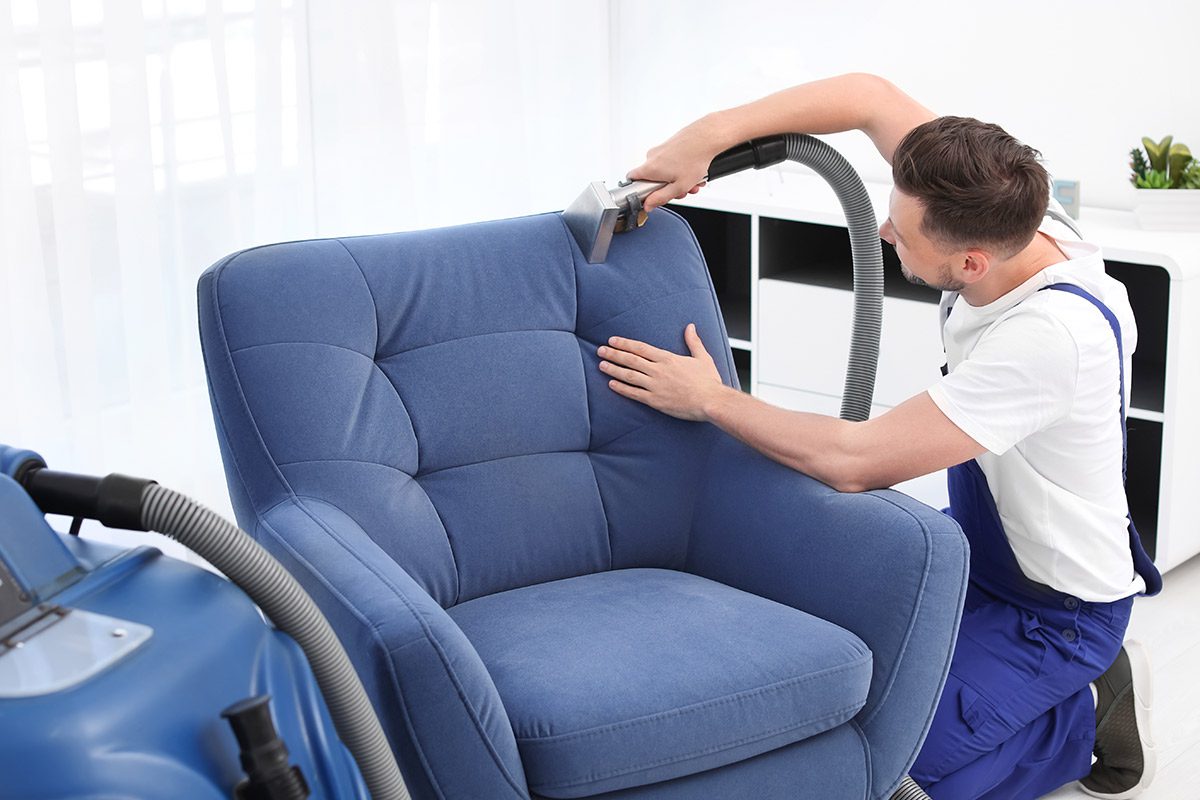
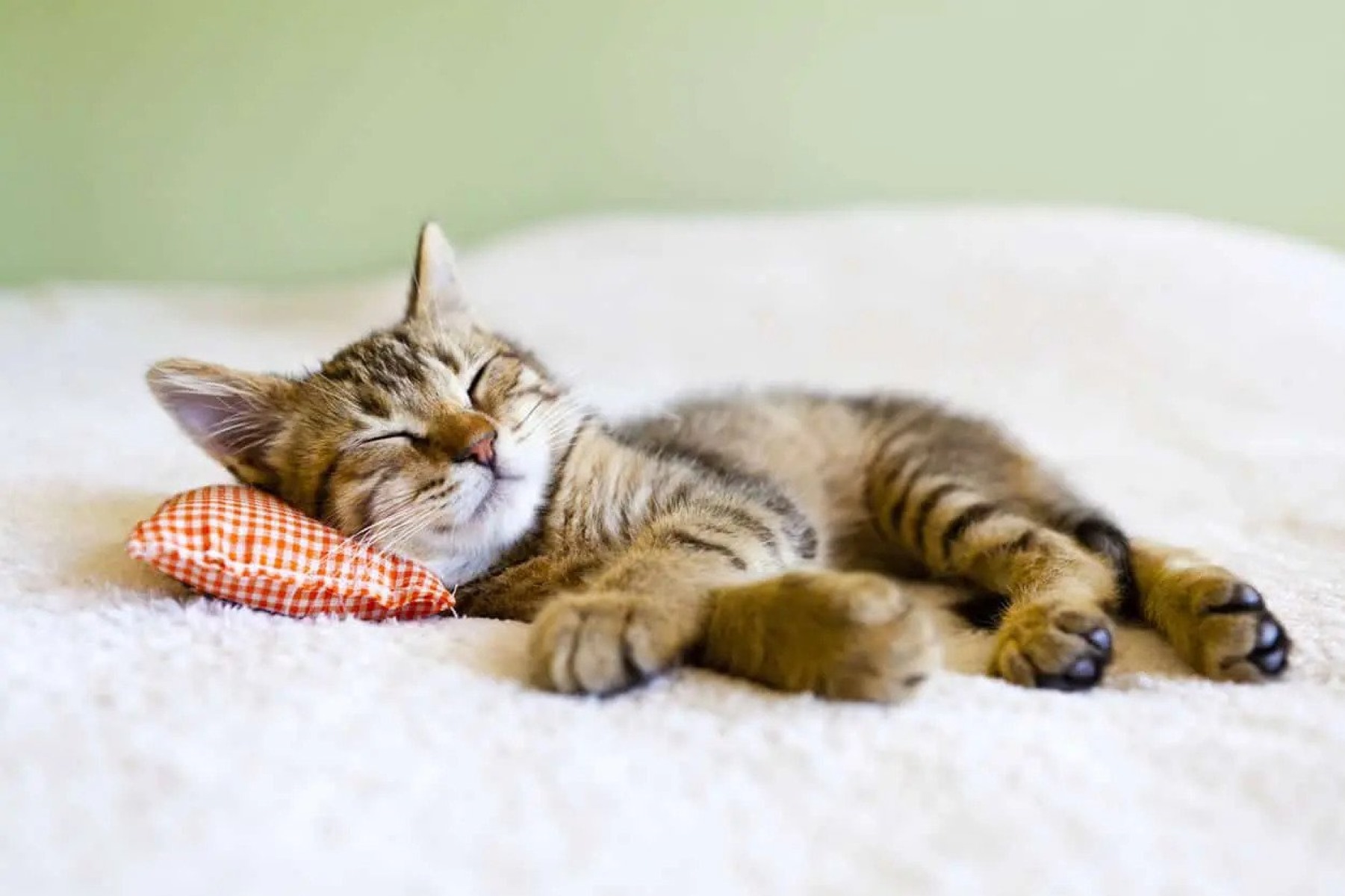
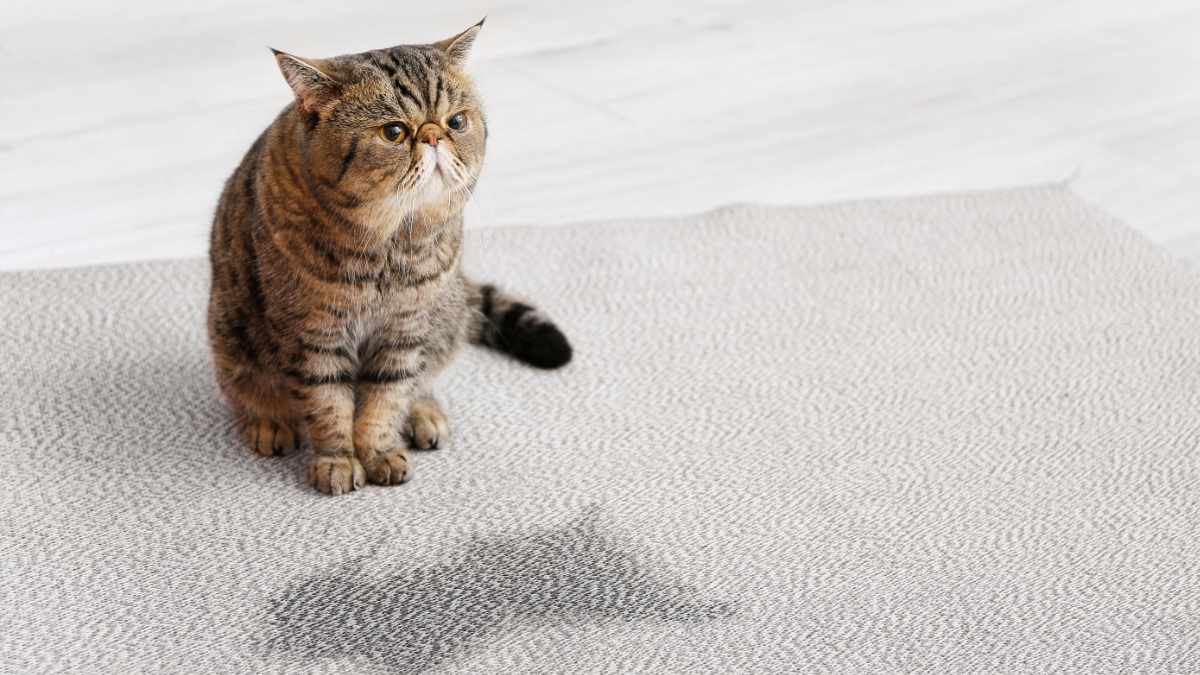
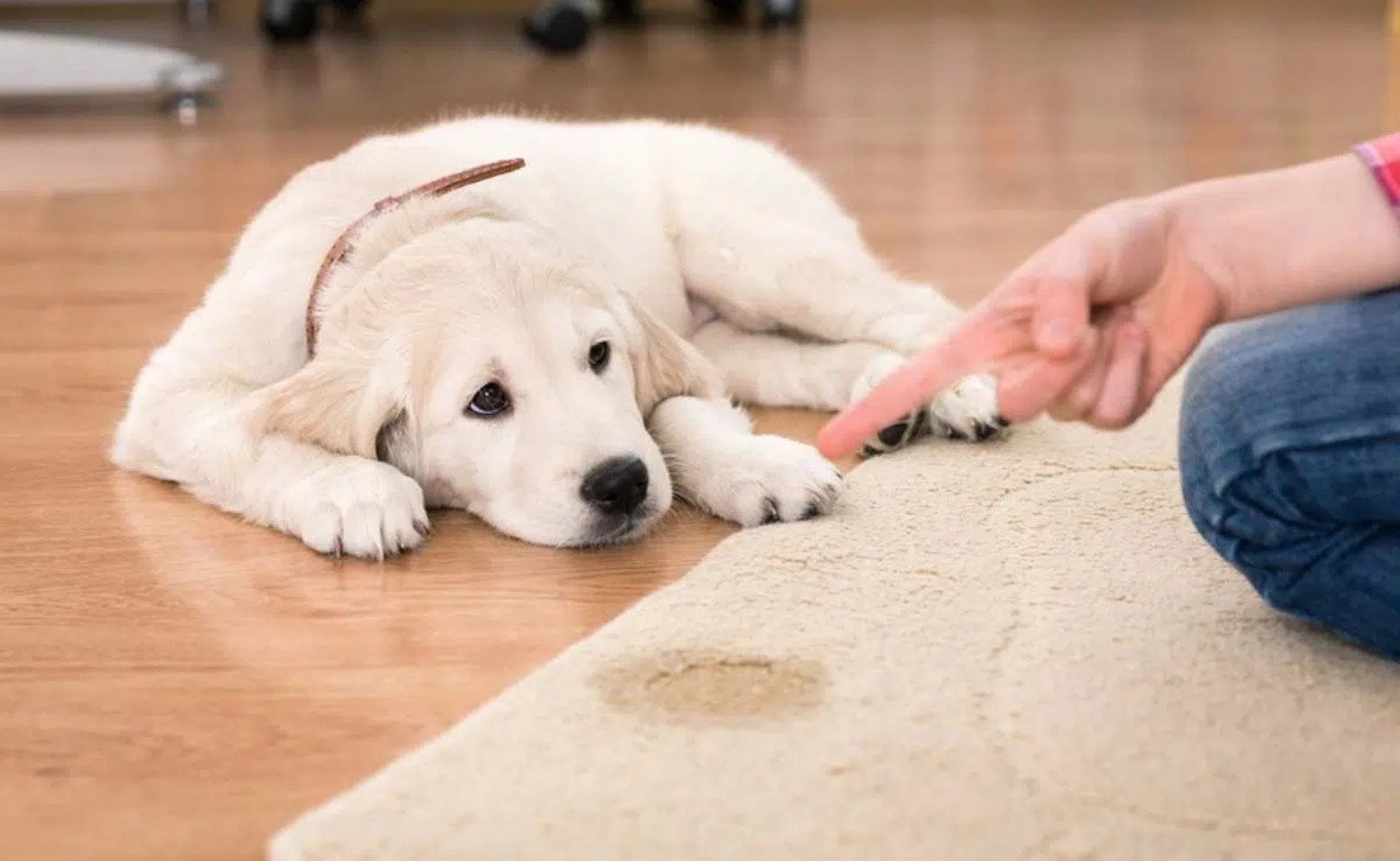


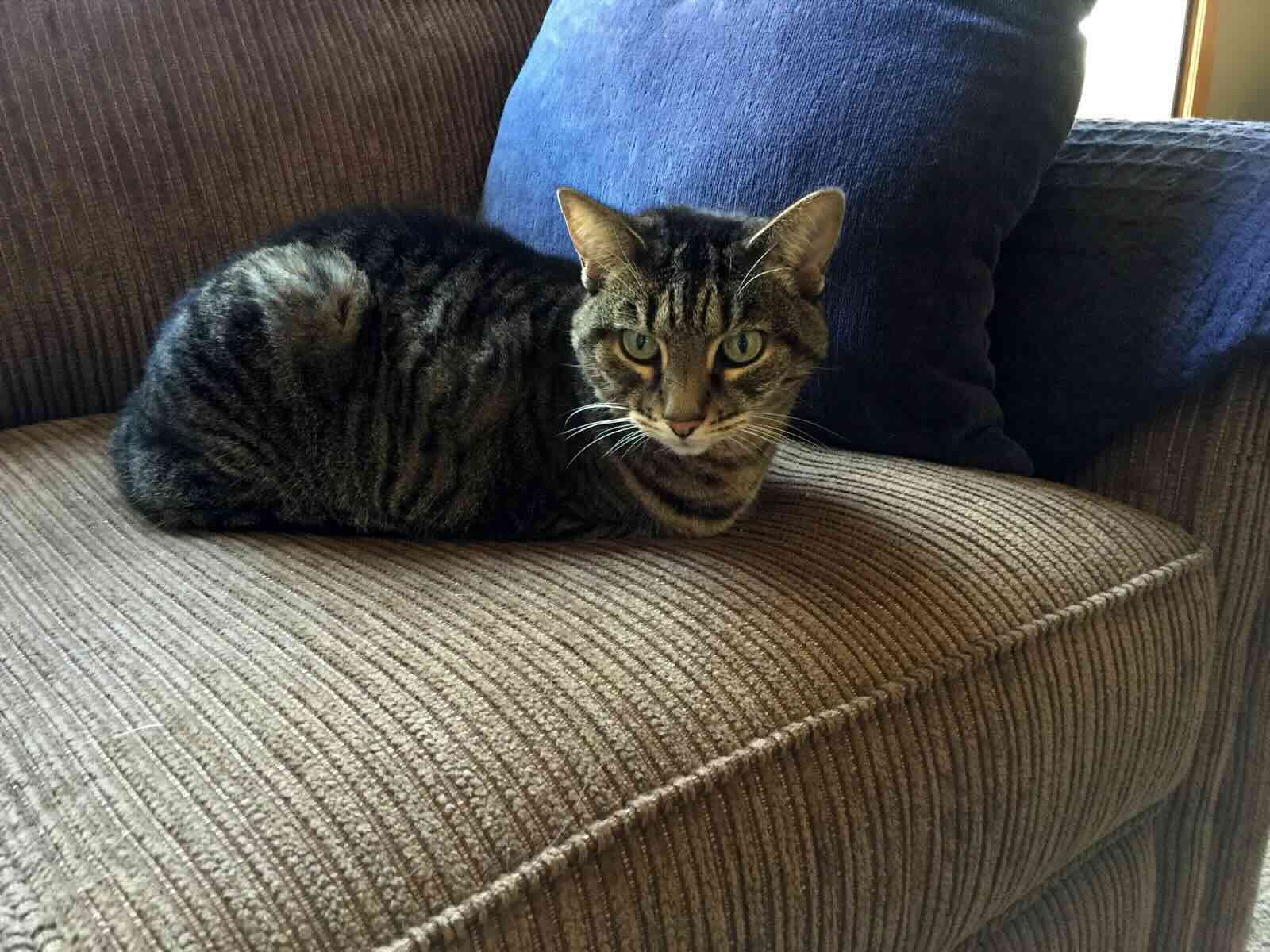
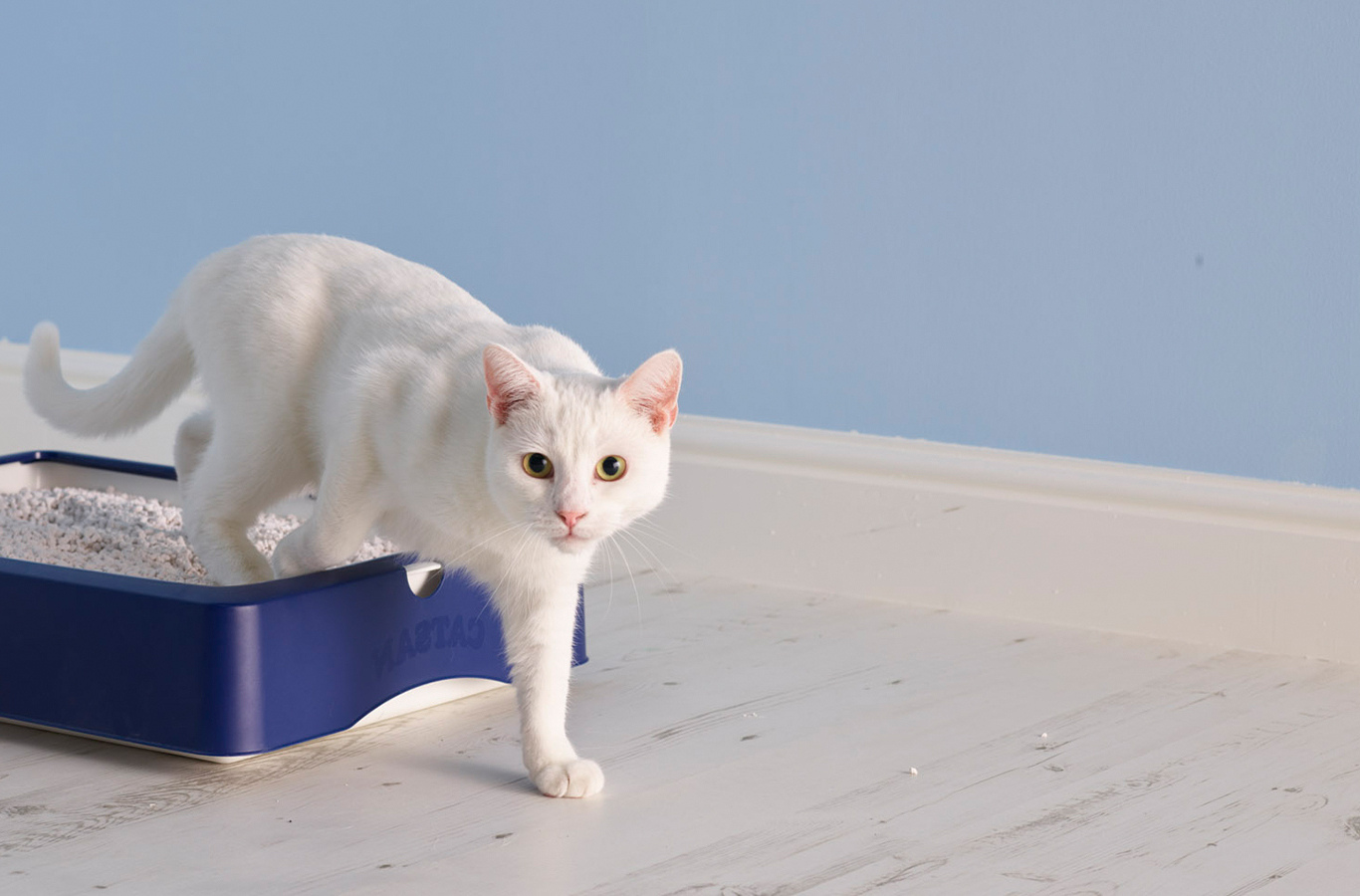
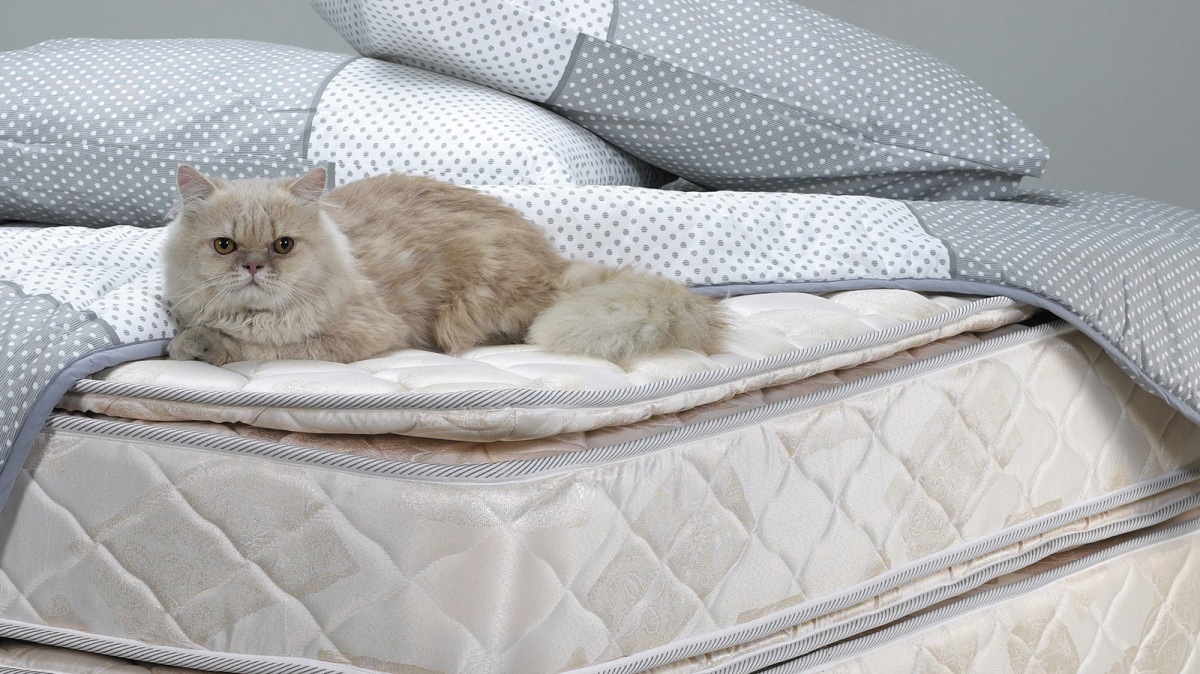
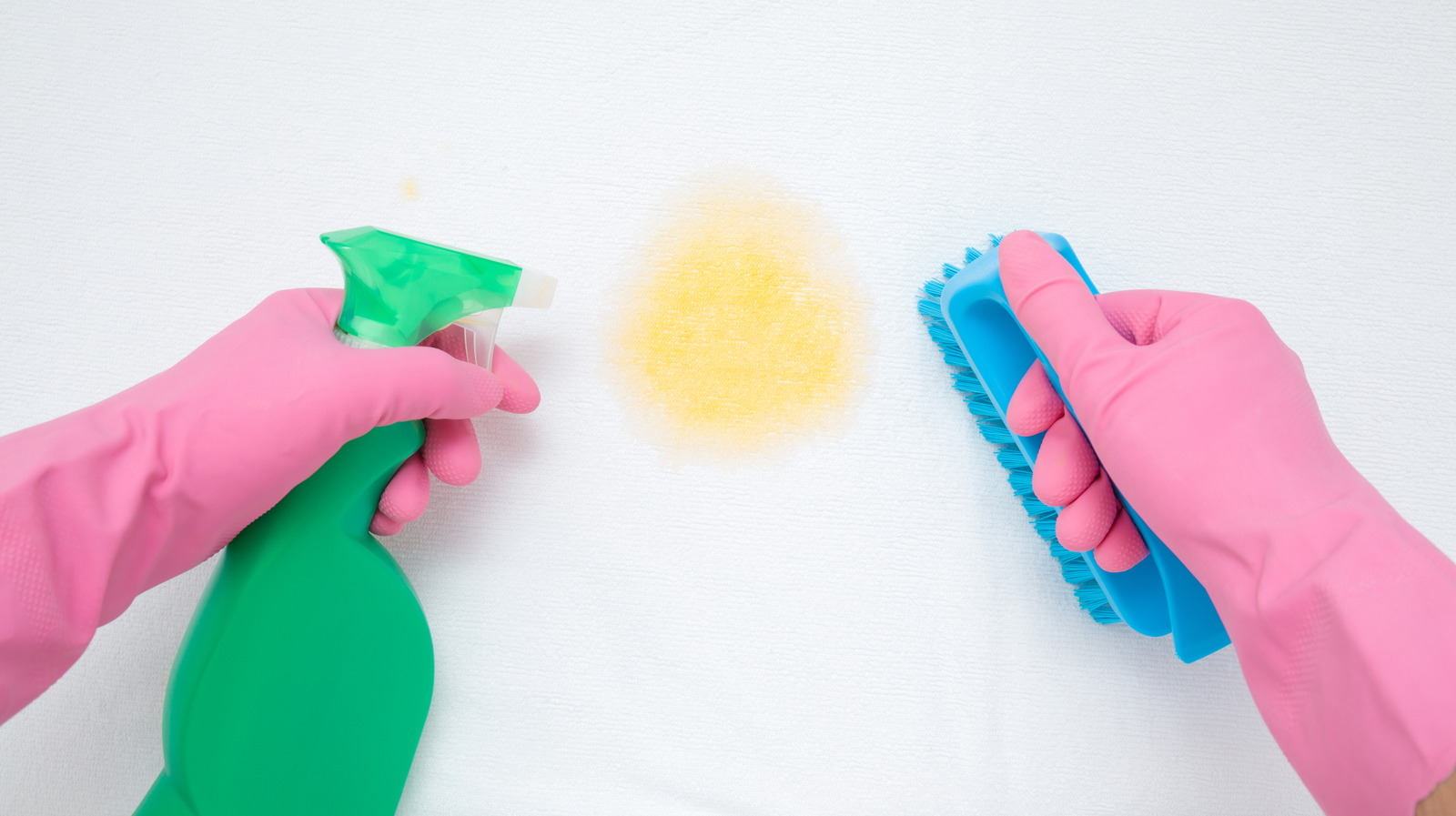
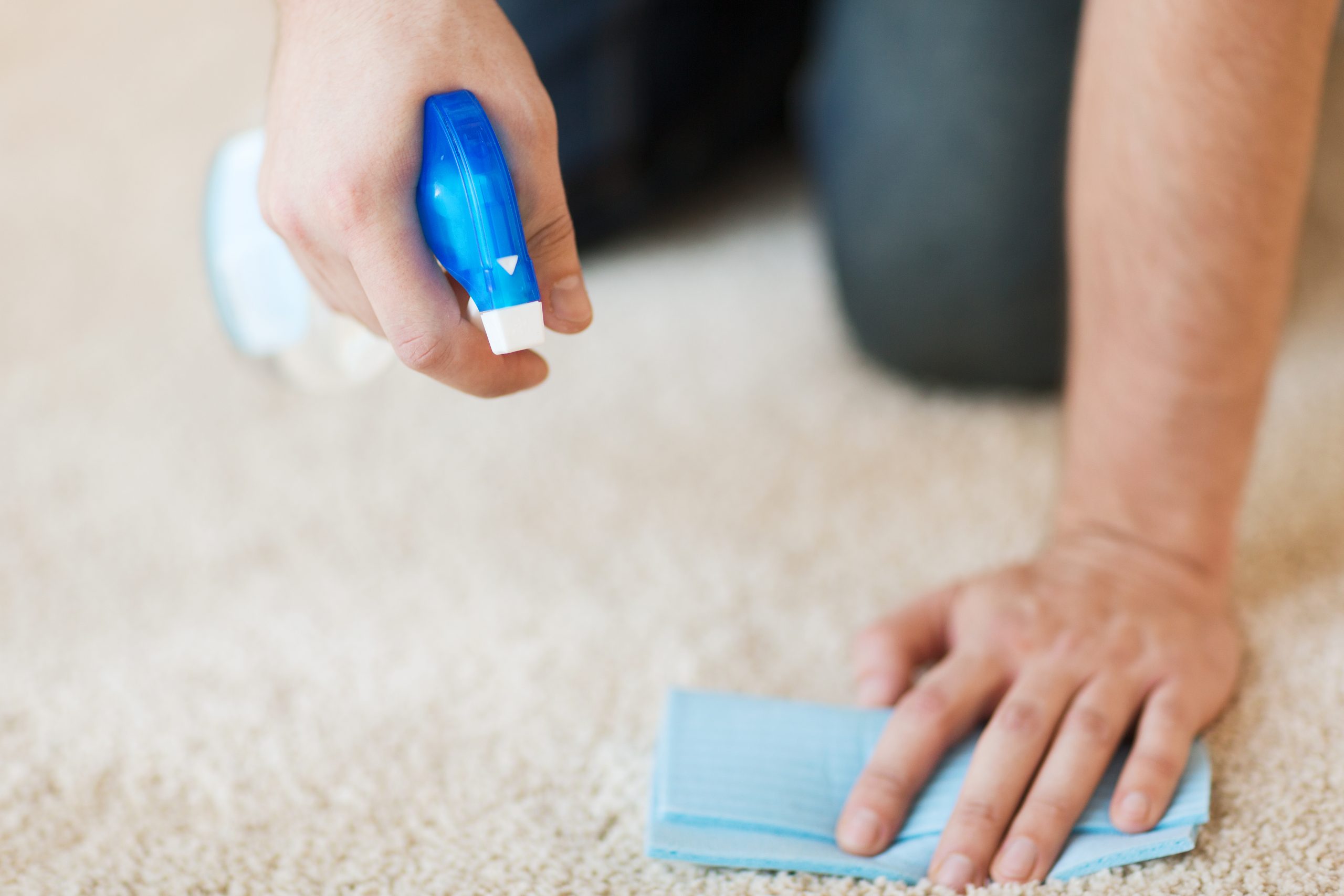
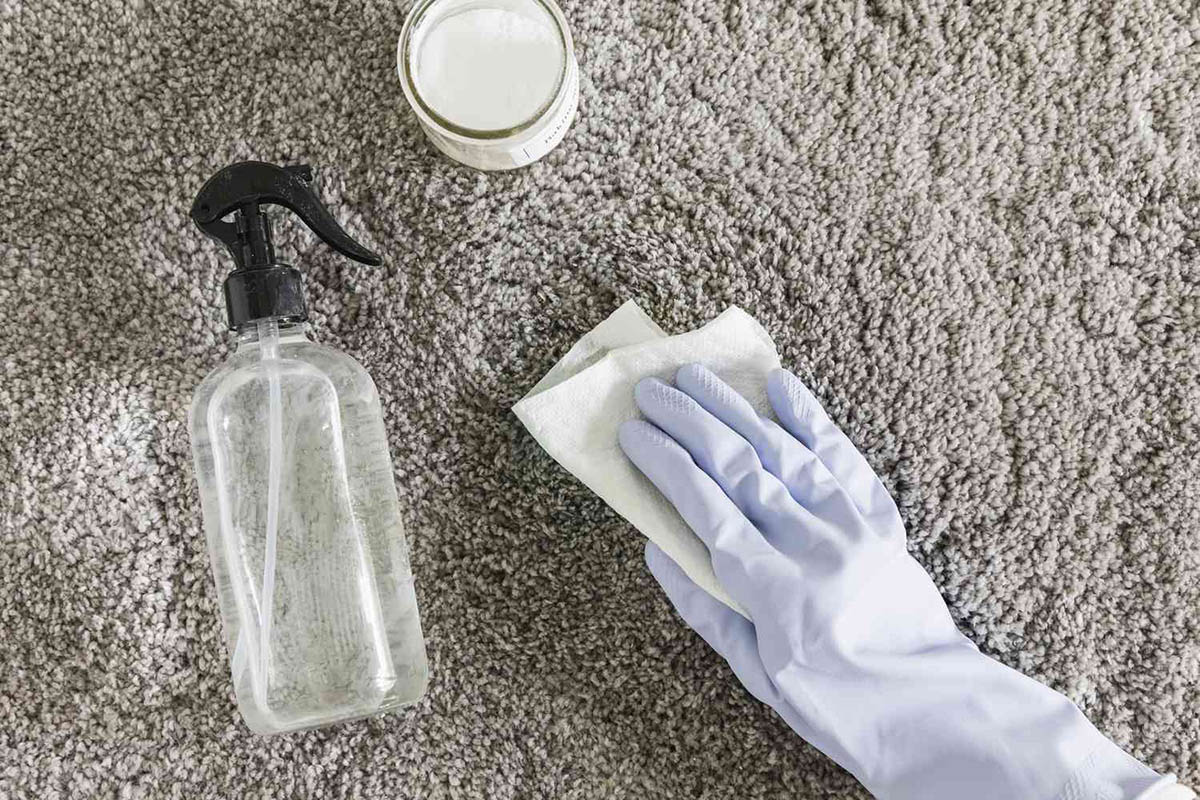
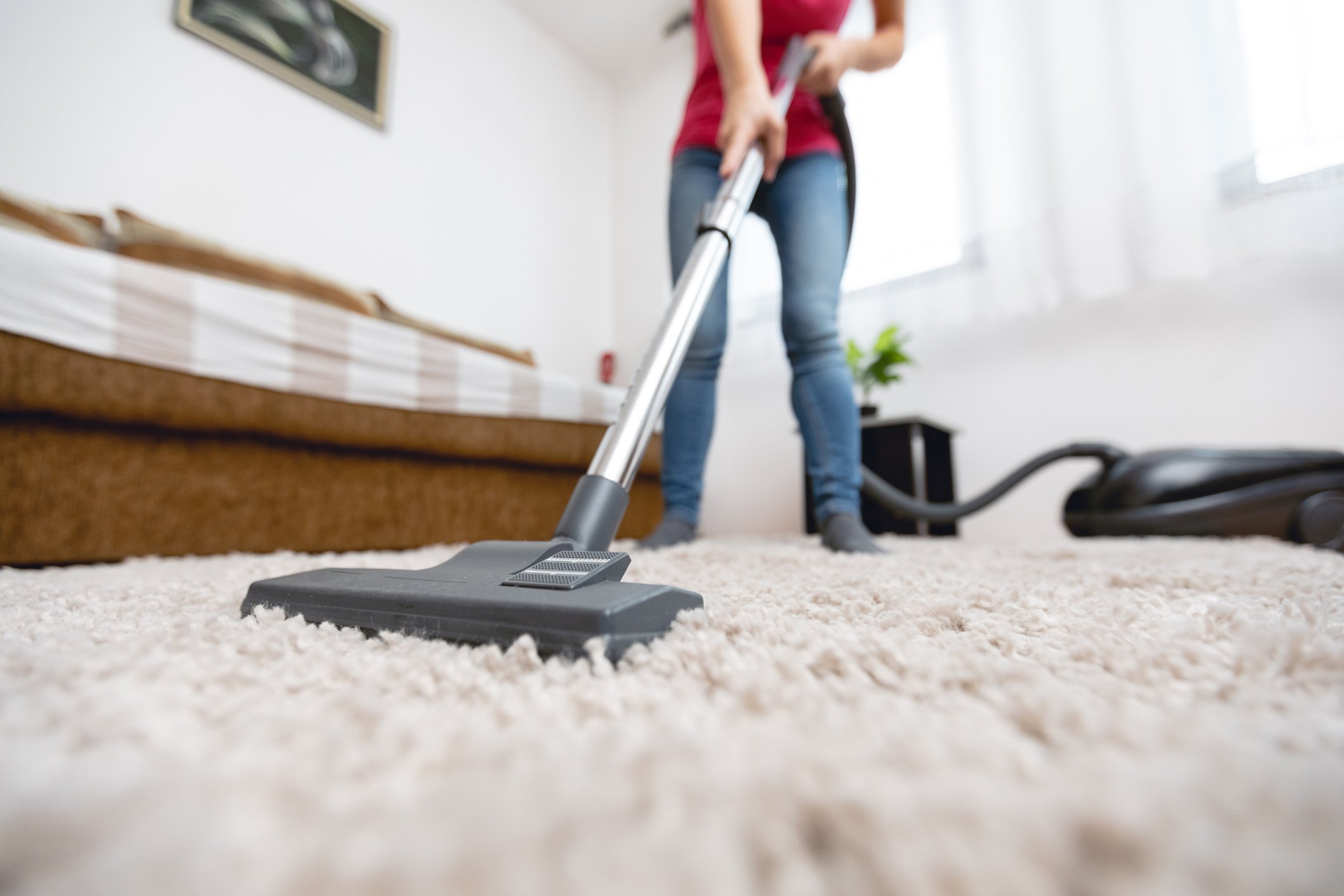

0 thoughts on “How To Get Cat Pee Smell Out Of The Basement”